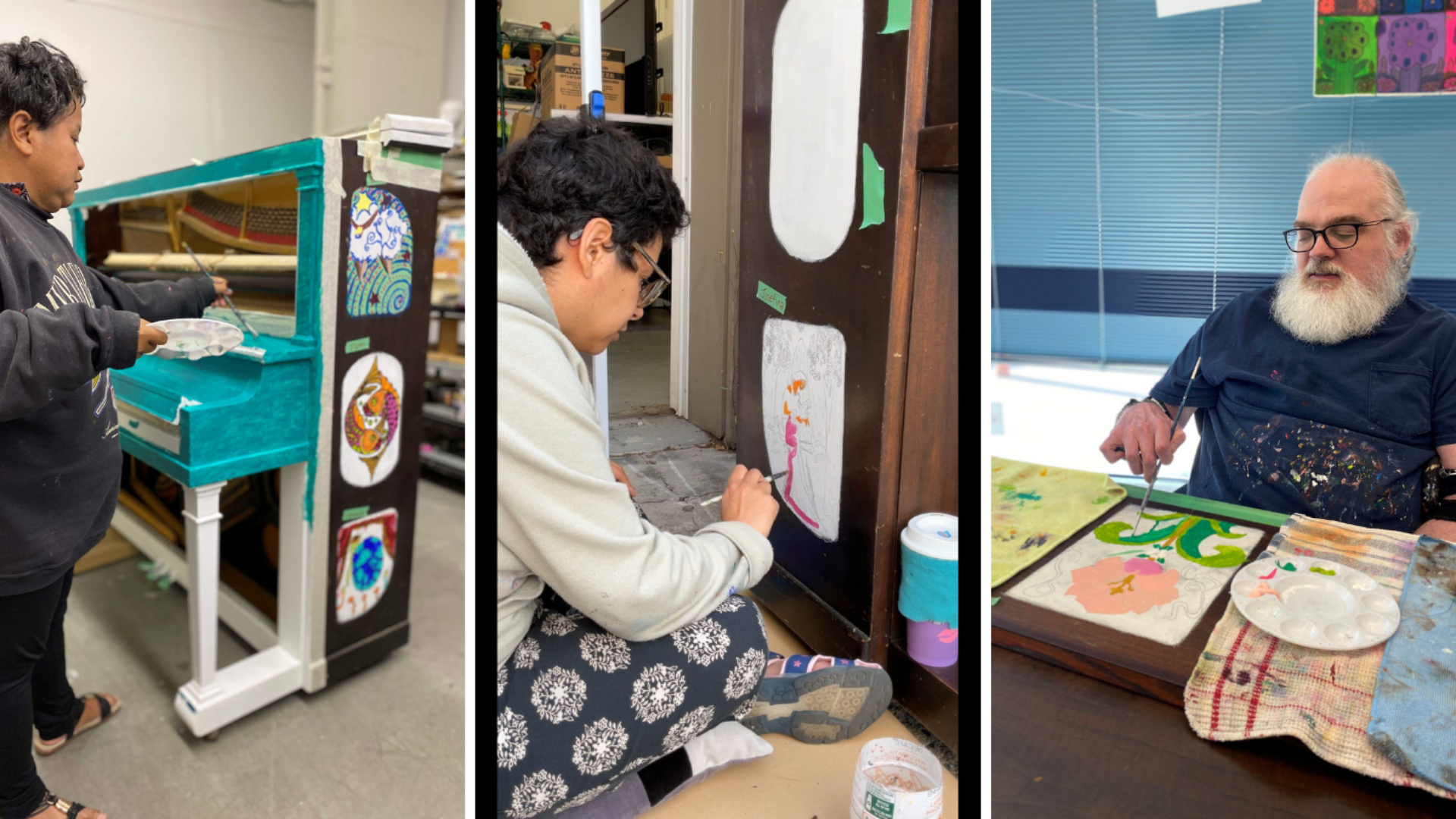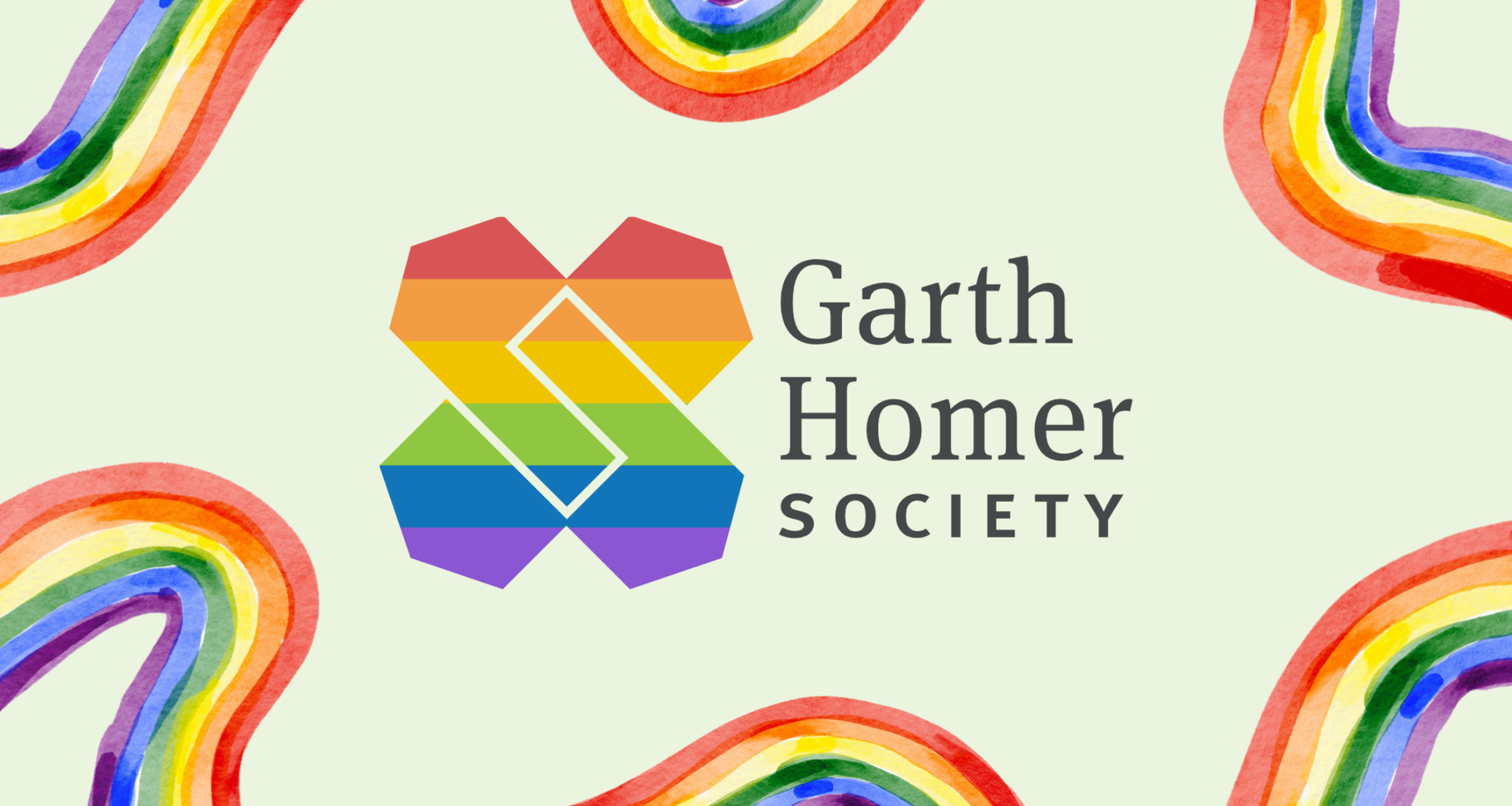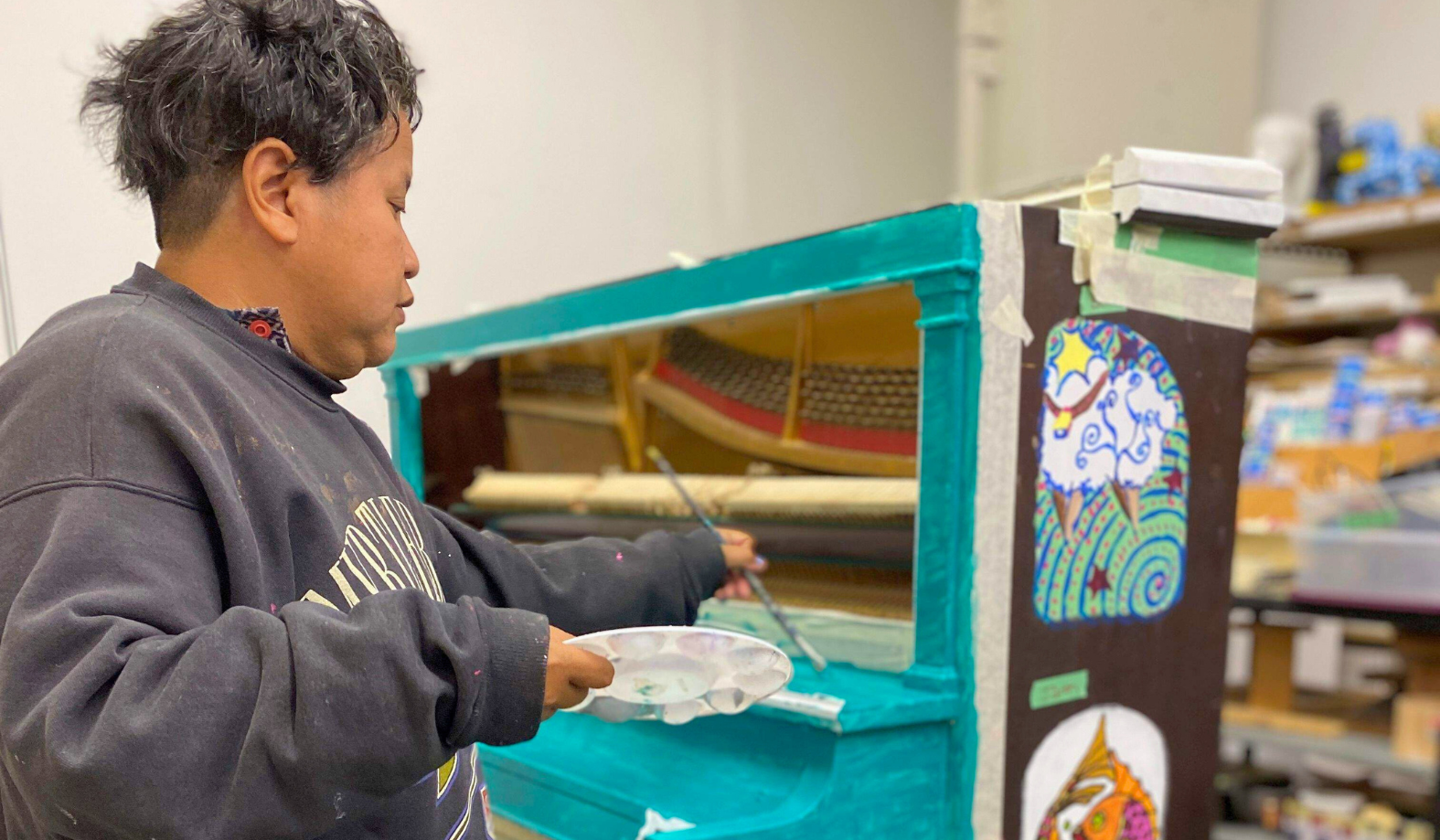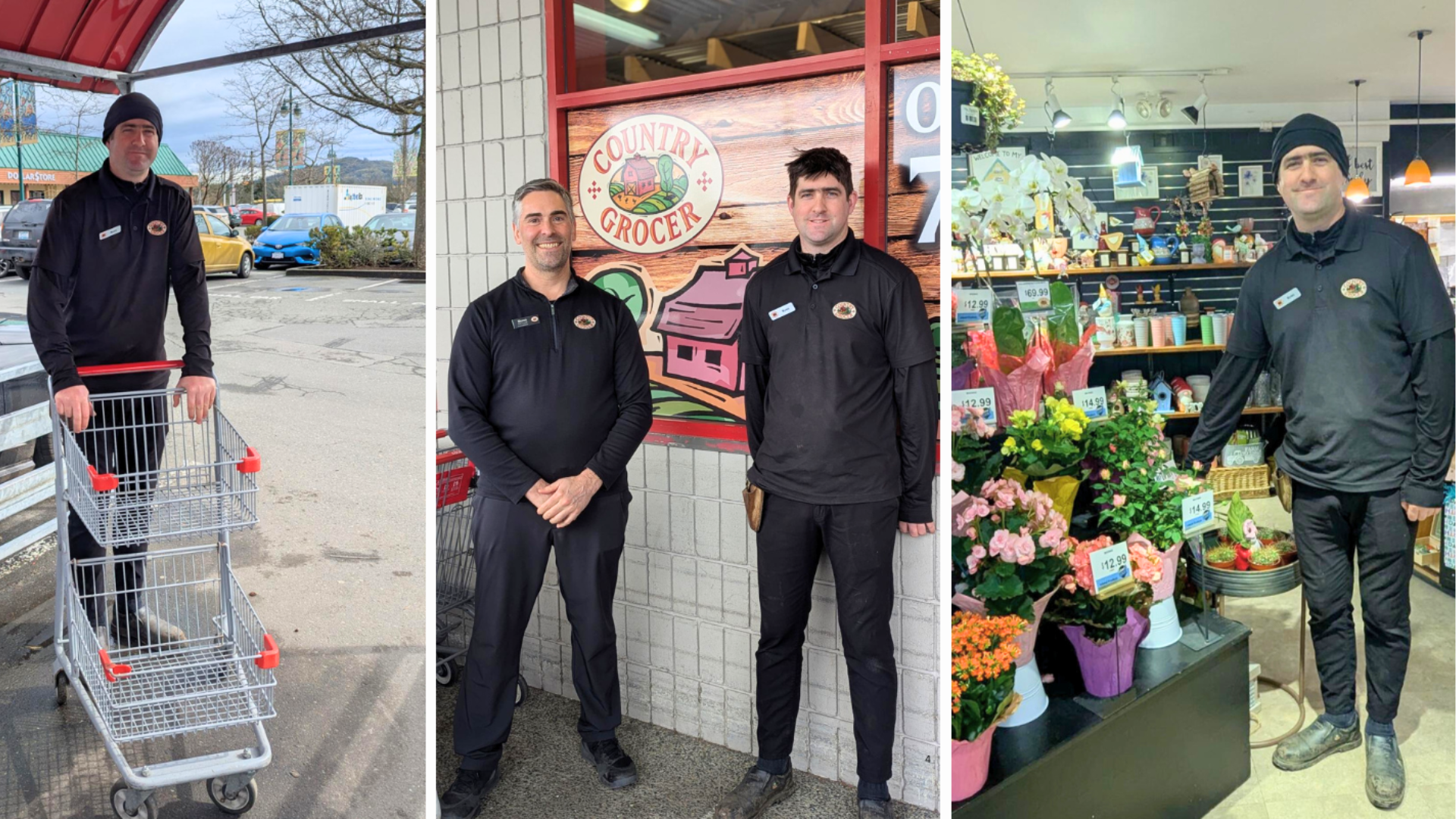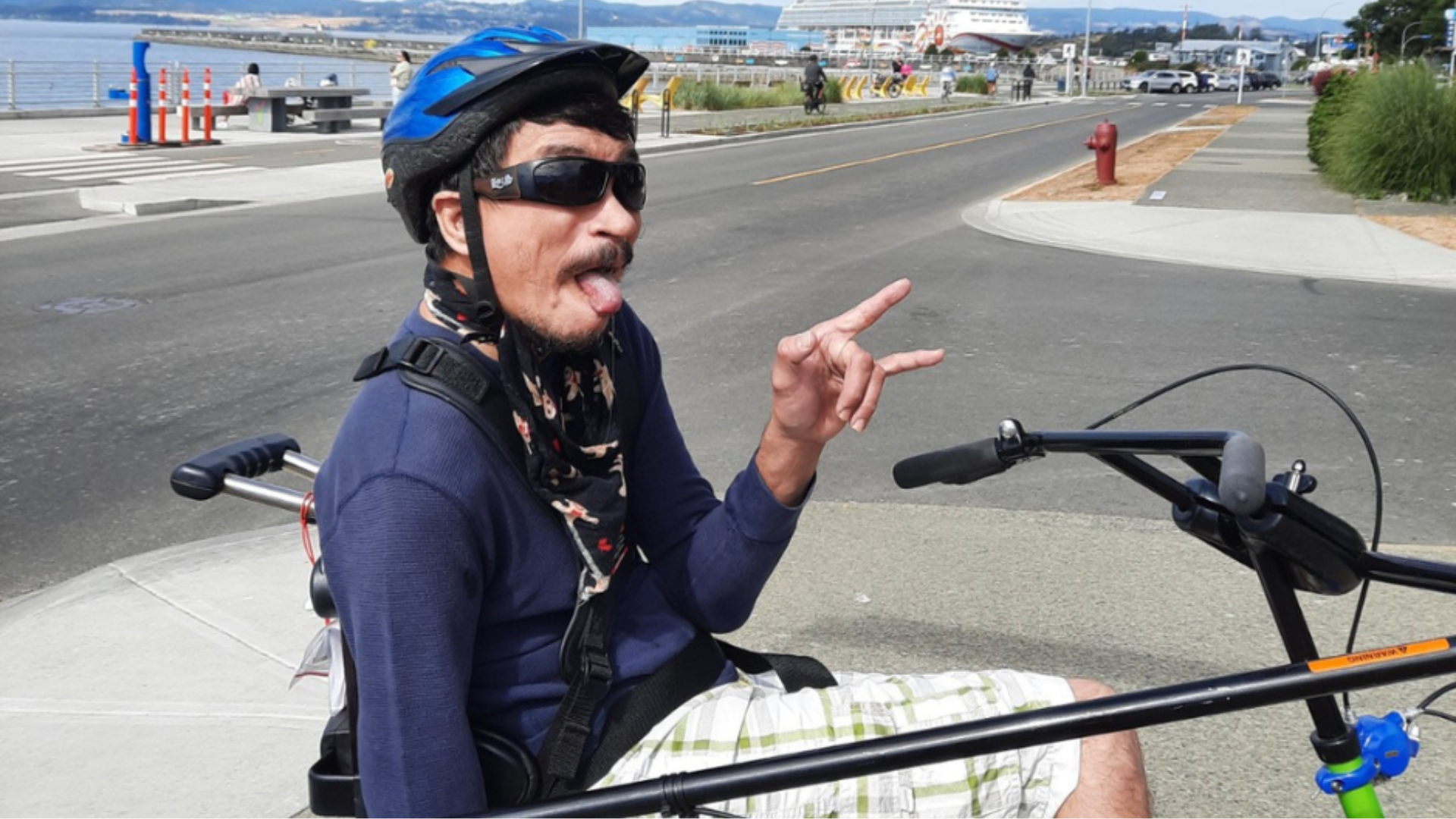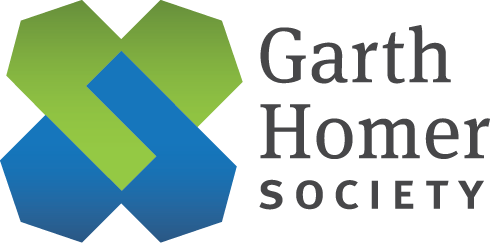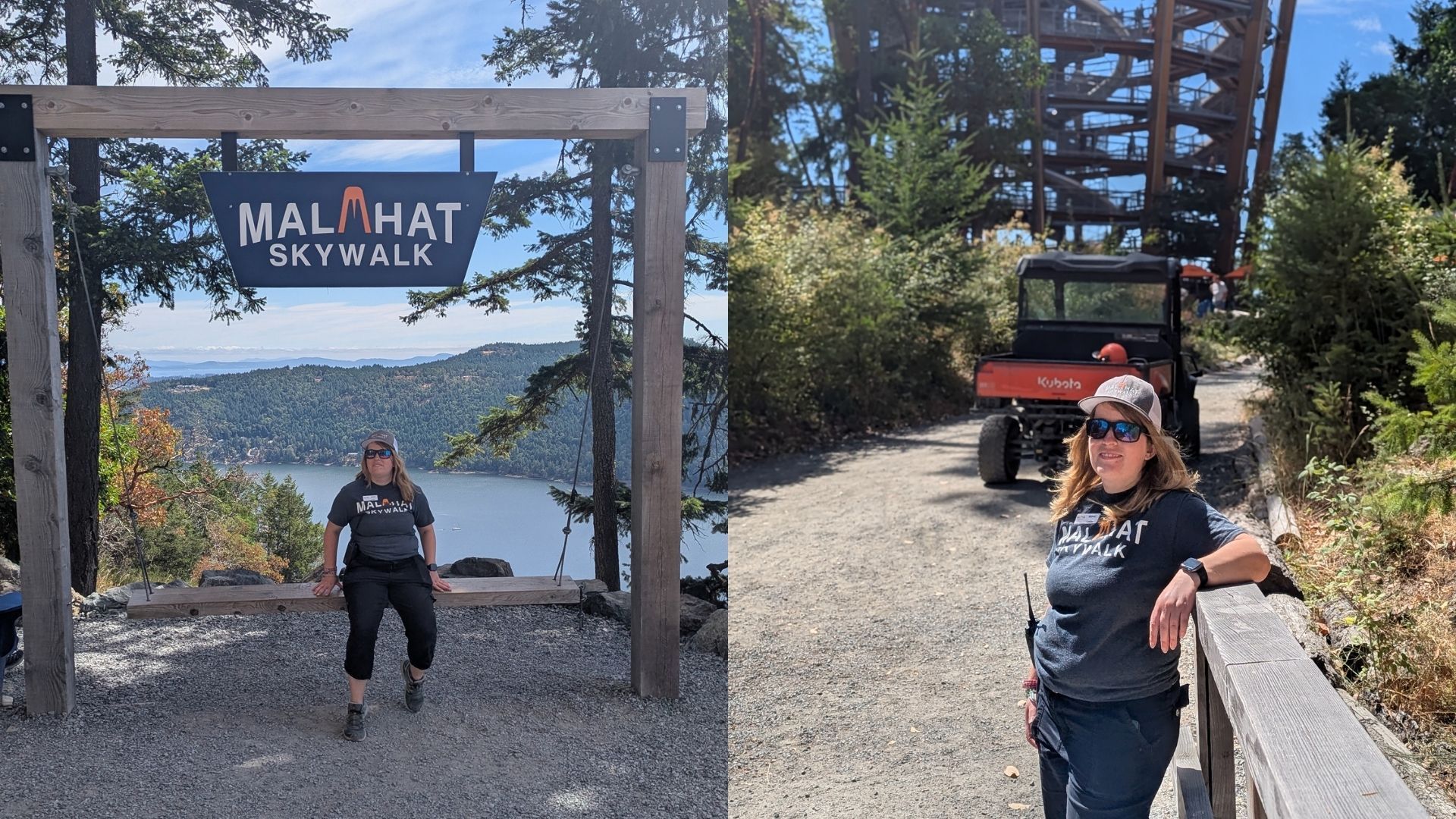Celebrating the Authenticity of Yoga the Garth Homer Way
At the Garth Homer Society (GHS) the ancient practice of yoga is being combined with mindfulness themes in a Winnie the Pooh story by AA Milne to create greater connection between instructor Isabelle Desmarais and her students. “I use [the text] as a deep nugget to work with the different characters throughout practice,” explains Isabelle who guides up to eight GHS clients with developmental disabilities, once a week, to be in the moment while moving their bodies. “It’s about finding different ways to connect, so I use Pooh and his love of honey as a metaphor for finding the sweetness in one’s practice.”
Desmarais’ love of yoga and its transformative powers started at age 15 and only keeps growing through working with a niche of clients who don’t have the same kind of access to yoga that others do. She’s been guiding GHS clients through their downward dog, child’s pose and forward folds since March, in a hybrid chair and mat format, and teaches at other non-profits like the Victoria Brain Injury Society and Our Place as well.
Her own neurodivergence is what motivates her to offer a softness in practice not usually offered at more traditional yoga studios. Inviting students to communicate their needs enables the class to become a curated experience rather than one that moves through a set routine. “I like to stop or pause to ask how a pose felt and to encourage the class to let their bodies, and what feels right, lead the way,” explains Desmarais. As an example, a recent class focused on rocking, a movement Desmarais describes as soothing for all bodies but an especially natural motion for students with down syndrome or autism. She also offers techniques that ground the parasympathetic – or rest and digest- parts of the body.
It’s a strategy that’s particularly effective for her Garth Homer yoga enthusiasts who she describes as the most diverse groups she has ever taught in terms of personalities and needs. “It's so beautifully challenging and very humbling as a teacher. I learn so much more, I think, from the support workers as well, about how to connect with these beautiful people,” Desmarais explains.
Communication is also key as some students are non-verbal. Questions aimed at getting a yes or no answer, pointing to body parts and meeting each individual where they’re at help guide every practice. The power of choice also grounds her approach. “Not everyone has the luxury of choice in their day-to-day life and so in this space, they have the opportunity to choose what feels good”. It’s an approach that has led to a dance party at the end of class rather than the traditional shavasana that typically concludes practice. “Maintaining stillness can be challenging for the group but I’m already getting great feedback from caregivers who say yoga has helped with the ability to self-calm and sit still,” adding the studio is a place where students can practice and incrementally build up their ability to be in stillness.
Desmarais is quick to point out however that working with GHS clients isn’t just about giving the power, benefits and healing properties of yoga to her students. She emphasizes that she receives much more in return commending everyone’s unapologetic way of showing up to each class. “It’s all pure honesty in that room, there are no masks or competition. Everyone is showing up as authentically themselves and I think that’s the true power of yoga.”

